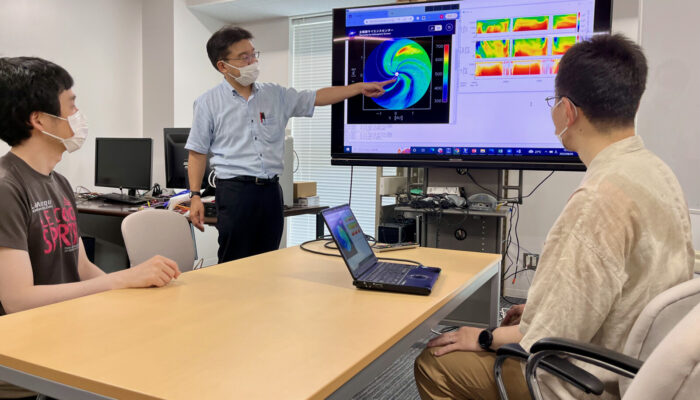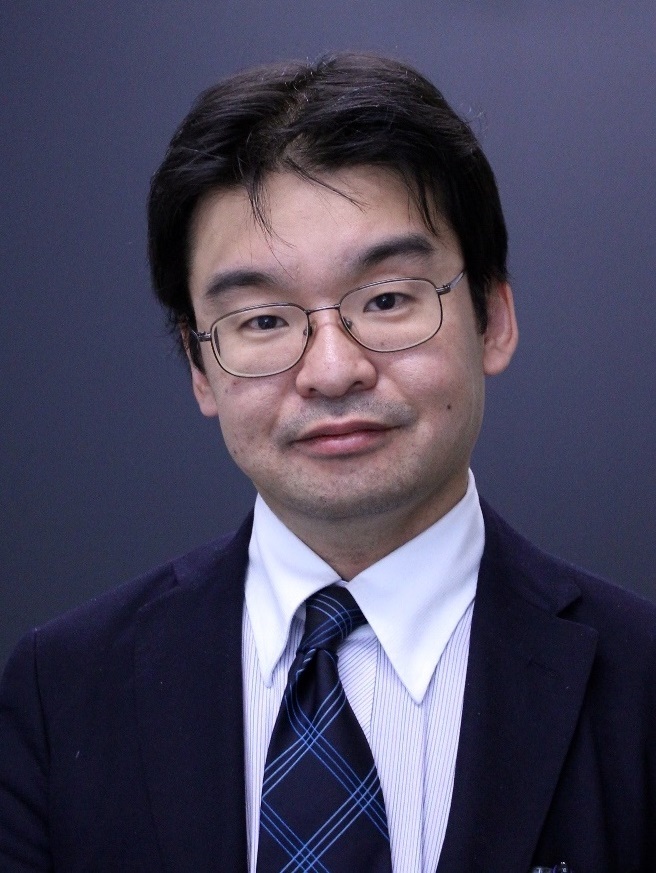
 1. The Birkeland Medal honors outstanding contributions to space weather research. Can you share what this recognition means to you personally and how it reflects the broader contributions of the scientific community to space weather research?
1. The Birkeland Medal honors outstanding contributions to space weather research. Can you share what this recognition means to you personally and how it reflects the broader contributions of the scientific community to space weather research?
I am deeply honored to receive the Birkeland Medal and grateful to all the colleagues, mentors, and collaborators who have supported my research career. This recognition is not just a personal achievement but a testament to the collective efforts of the scientific community working to advance our understanding of space weather. I look forward to continuing this research and fostering collaborations that will further our knowledge in this exciting field.
2. What inspired you to pursue research on space weather and space climate?
My interest in space weather research began when I learnt about the various plasma phenomena occurring in space and their crucial role in connecting the Sun and Earth. Understanding the fundamental physics behind these interactions has always fascinated me, and this curiosity led me to pursue research in this field.
3. Were there any key moments or mentors in your early career that significantly influenced your research path?
I have been fortunate to receive guidance from exceptional mentors throughout my career. Professor Akira Morioka of Tohoku University, who supervised me during my graduate studies, and Dr. Vania Jordanova of the University of New Hampshire/Los Alamos National Laboratory, who guided me during my postdoctoral research, both had a profound impact on my development as a researcher. Their insights and support shaped my approach to research and continue to inspire me. Additionally, I have had the privilege of collaborating with researchers from various countries, and I am deeply grateful for the knowledge and encouragement I have received from them.
4. Your work has been recognized with the prestigious Kirsten Birkeland Medal for Space Weather and Space Climate. Could you briefly describe the research that earned you this honor?
My research focuses on the dynamics of radiation belt electrons and their precipitation into the atmosphere. We have identified the essential role of chorus waves in generating relativistic electrons and the contribution of ElectroMagnetic Ion Cyclotron (EMIC) waves in facilitating radiation belt electron precipitation. Additionally, I have had the honor of serving as the project scientist for the Japanese Geospace Satellite mission Arase. In studying electron precipitation, we proposed a new model connecting pulsating auroras and relativistic electron microbursts, investigating their potential impacts on the mesospheric atmosphere, including ozone depletion.
5. Where do you see your research heading in the next 5-10 years?
I aim to further advance our understanding of plasma wave-particle interactions in geospace, the precipitation of energetic particles, and their impacts on the atmosphere. Cross-energy coupling via wave-particle interactions and cross-regional coupling, especially for atmosphere-ionosphere-magnetosphere coupling via precipitation through wave-particle interactions, are very interesting topics for me. We are now in an era where multi-point exploration of the heliosphere is possible due to the operation of numerous satellites. By viewing the heliosphere as an integrated system, I hope to contribute to the development of Heliospheric System Science and improve our understanding of heliospheric space weather.
6. Are there any interdisciplinary collaborations that you believe could advance solar-terrestrial research?
Interdisciplinary research is essential for advancing our knowledge of solar-terrestrial science. For example, extreme space weather events, such as the Carrington event, occurred before satellite-based observations existed. To understand such historical events, we are now collaborating with colleagues who have studied isotope analysis of tree rings and historical documents at ISEE, Nagoya University. By integrating knowledge from different disciplines, we can gain deeper insights into not only past but future space weather phenomena.
7. What emerging trends or technologies do you think will have the biggest impact on solar-terrestrial research in the near future?
Artificial intelligence is increasingly being applied to space weather prediction, and we are actively exploring its potential. AI-based emulators enable realistic forecast simulations and ensemble modeling, which were previously difficult to achieve. By effectively utilizing these technologies, I hope to enhance our ability to understand and predict solar-terrestrial phenomena with greater accuracy.
8. What advice would you give to early career researchers who aspire to contribute to solar-terrestrial physics?
There are still many unknowns in solar-terrestrial/planetary science, and the fresh perspectives, innovative approaches, and new technologies introduced by early-career researchers are invaluable. I encourage young researchers to be curious, embrace challenges, and actively engage with the international scientific community.
9. How do you balance the demands of research with personal life and other commitments?
Balancing research and personal life is not always easy, but I am grateful for the support of my family. Their encouragement allows me to approach my research with energy and enthusiasm. While achieving a perfect balance may be difficult, having a strong support system is invaluable.
10. Is there a particular skill or mindset that you think is crucial for succeeding in solar-terrestrial research?
Solar-terrestrial science is inherently international and collaboration with researchers from different backgrounds is essential. Maintaining a global perspective and actively engaging in international research efforts are key to making meaningful contributions to the field.
11. How do you think your research can benefit society, particularly in understanding or mitigating space weather effects?
Our research is closely linked to space radiation and its impact on the atmosphere, which is crucial for the safe utilization of geospace. By improving our understanding of space weather processes and enhancing predictive capabilities, we aim to contribute to society by ensuring better preparedness for space weather impacts.
12. Do you engage in any outreach activities to raise awareness about solar-terrestrial science? If so, what are your favorite ways to communicate your research to the public?
I value opportunities to share our research with the public and younger generations. I have participated in public lectures and educational initiatives, including contributing to the SCOSTEP comic book project, which has been well-received. Communicating scientific discoveries in an accessible way is essential for inspiring interest in space science and encouraging future generations of researchers.
